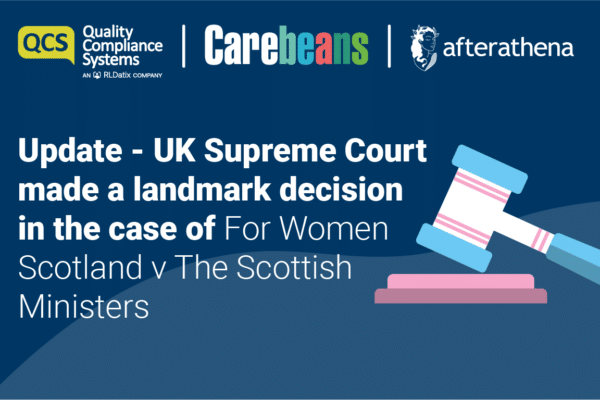Why should we have Chaperones?
Theoretically a chaperones principal purpose is to protect, reassure and support the patient. In truth though the usual purpose is to protect the clinician against claims of harassment or sexual assault. Chaperones should function as a patient advocate and their presence should reassure and comfort the patient. GMC guidance states that chaperones should usually be a health professional familiar with the procedures involved in a routine intimate examination. However, I am sure it is quite common for some Practices, particularly smaller Practices, to use any member of staff who is available at that moment.
Do chaperones reassure or distress patients?
If the patient does not want a chaperone it should be recorded that the offer was made and declined, but I wonder if the reason why the patient declined is also asked and documented. Does the patient feel embarrassed and uncomfortable about having someone else present during an intimate examination, or do they believe that the clinician is a qualified professional who wouldn’t perform such an examination without being wholly professional about it?
The gender question
When looking at a chaperone policy recently I started to wonder if the use of a chaperone of the opposite gender violates some patients privacy. Chaperones are almost always used when male clinicians perform intimate examinations on women but chaperones are often female members of staff. What about male patients having an intimate examination performed by a female clinician, shouldn’t they have the opportunity to have a male chaperone present? This is often difficult for many Practices whose employees are mostly female. Offering a male chaperone would probably be a challenge for some Practices but failure to provide this option could breach a patients’ rights to privacy and dignity.
Best practice
Although the GMC guidance doesn’t specify which gender a chaperone should be, and even though we know the chaperone is usually present to protect the clinician, patients should be given the choice to have a chaperone of the same gender. If the patient is unhappy that the only chaperone available at that time is of the opposite gender, the offer to delay the examination to a later date when a suitable chaperone will be available should be made, as long as the delay would not adversely affect the patient’s health.
The GMC publication `Intimate examinations and chaperones (2013)` explains how doctors can put these principles into practice. Serious or persistent failure to follow this guidance will put the doctors registration at risk.
http://www.gmc-uk.org/Intimate_examinations_and_chaperones.pdf_51449880.pdf







